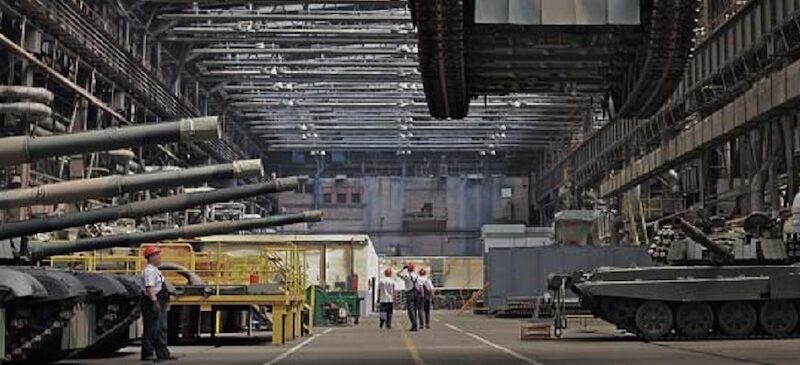
The European defense is underway
“The European Defense is in progress. In the geopolitical context that we all know, Europe must take control of its own security, which cannot depend on the outcomes of elections among our allies every 4 years. By building a true European defense with greater capability to face high-intensity conflict – a defense readiness. We must invest more, better, and together, as Europeans. And with the return of high-intensity conflict, we must produce more, faster, and together. This is the essence of the defense industrial strategy that we are presenting today.
It is about shifting from a period marked by the dividends of peace to a mode of ‘war economy’ for this industry.
We are not starting from a blank slate. Since 2017, we have begun to mobilize the European budget to support Research and Development (through the European Defense Fund). And to respond to the urgency of the war in Ukraine, we have supported, thanks to the Union’s budget, first the joint acquisition with EDIRPA and then the industrial production capabilities in ammunition with ASAP.”
What we have demonstrated with ammunition is that with collective ambition and means at the European level, we are capable of rapidly developing our productive industrial base. In less than 10 months, we have increased our artillery ammunition production capacity to 1 million rounds per year. And we will increase it to 2 million by 2025. There is no inevitability! And that is precisely the work of the Commissioner for Defense who is before you:
mapping capacities, resolving bottlenecks, and supporting ramp-up efforts.
We are doing this in artillery ammunition, and now we must do it for all the equipment necessary for our security. Therefore, we must sustain the emergency efforts beyond 2025 and bridge the gap until the next financial framework in 2027, and extend them beyond ammunition to all defense equipment.
Because the availability of European defense equipment has now become a competitiveness and security issue.
This also means that the European defense industry must take more risks, and we will support them to provide them with more visibility. I would like to address two important points in this new initiative here:
First, the new defense industrial program. It ensures the continuity of actions planned in EDIRPA and ASAP. But it goes beyond that. We fully integrate the defense industrial base of Ukraine into the European base. Ukrainian industries will be eligible for the same activities as European industry, and we will be able to support cooperation between Ukraine and the Union.
This is a very strong signal. Additionally, we are testing new forms of support:
• Financing of industrial sites kept ready for use (ever warm) to shorten ramp-up times.
• Establishment of a European mechanism for military sales largely inspired by the US Foreign Military Sales mechanism, which will finance European strategic reserves managed by Member States. The aim here is to increase the availability of European defense equipment and thus restore fair competition, especially in government contracts.
• Creation of a Guarantee Fund for subsidized loans made available to active defense SMEs throughout the industrial chains.
We propose the implementation of ambitious objectives for 2030: Together acquire 40% of military equipment, with at least 35% being cross-border and 50% within the Union (60% by 2035).
For a credible European defense, we must also have adequate budgetary ambition.
The program we are proposing today is endowed with €1.5 billion, to be mobilized for support to the European defense industry from mid-2025 to the end of 2027.
For support to the Ukrainian defense industry, a top-up is being considered using a portion of the interest generated by frozen Russian assets. This discussion is ongoing, and unanimous agreement of the Member States will be required. However, I am confident that we will find solutions to anchor the Ukrainian defense industrial base to our internal market.
Furthermore, as we know, the current European budget is constrained, and future funding perspectives (post-2027) are too distant.
Yet the urgency is present.
For my part, as I have stated before, I believe that we should – as we managed to do during the COVID period facing an existential threat – consider a joint ad-hoc investment for the defense industry. To make progress on this point, we need to assess the needs – both in terms of nature and costs – and present financing options. This is the debate we are initiating today. Following the support from several European leaders [Macron, Kallas, De Croo] on this rising issue, the Commission could not remain silent.
Furthermore, beyond public investment, we must mobilize private investment.
The defense industry should be able to access financing. In this regard, we insistently ask the EIB to modify its policy to allow support for defense industries – beyond dual use – to accompany the increase in production pace. Everyone must adapt to the new realities. The time for procrastination is over; it’s time for action. The European defense is underway. And it’s an opportunity. For the competitiveness of our industry. For the credibility of the European pillar within NATO. For the security of our citizens.




